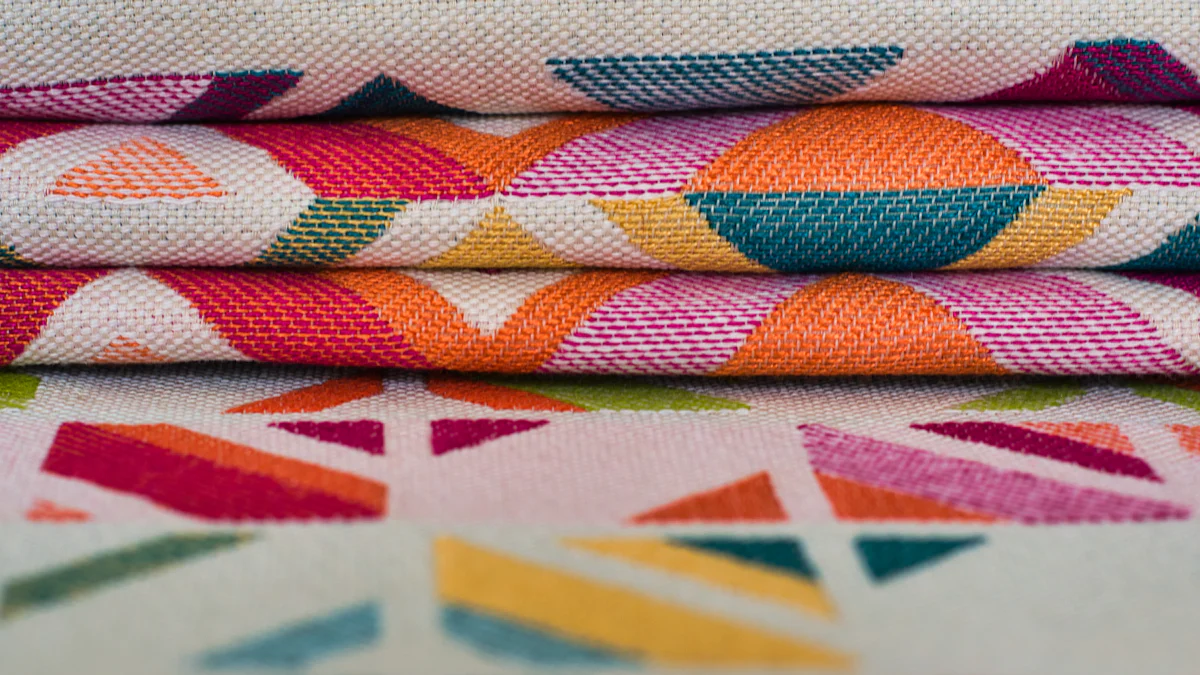
You see a shift in the textile industry as silicone softeners transform how fabrics feel and perform. These advanced solutions enhance softness, durability, and flexibility. They also meet modern demands for eco-friendly production. By improving fabric quality and functionality, silicone softeners ensure textiles deliver superior comfort and reliability in 2025.
Meeting the Evolving Needs of the Textile Industry
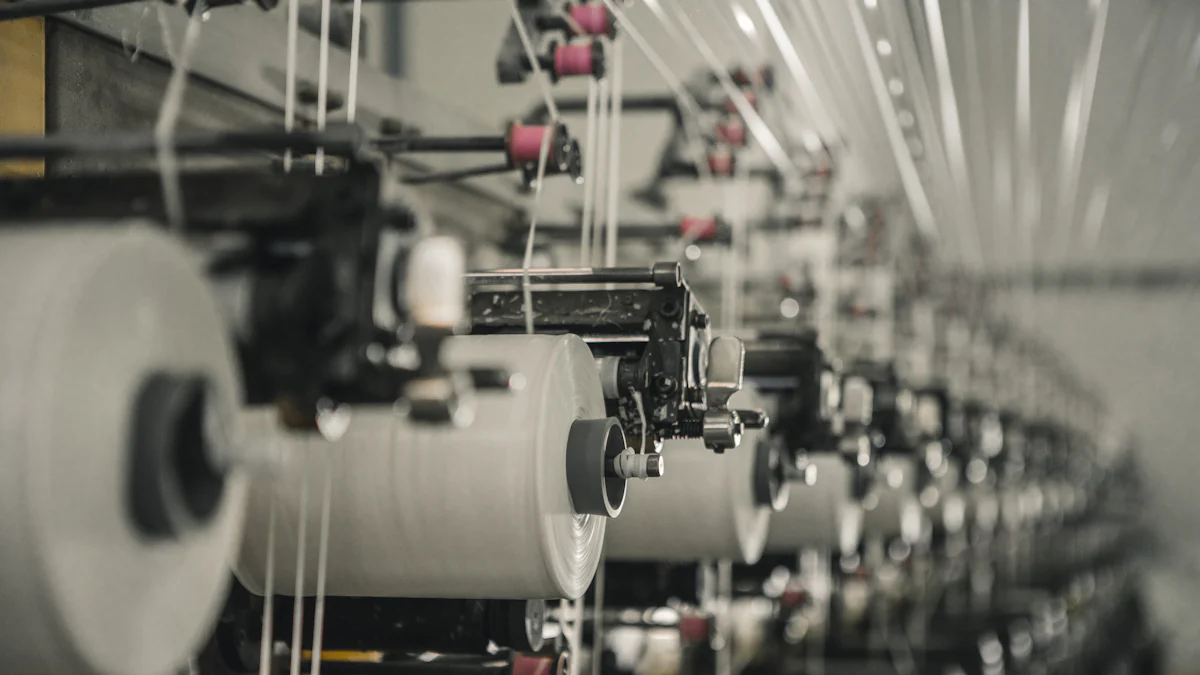
High-Performance Fabrics and Consumer Expectations
You expect textiles to deliver more than just basic functionality. Modern consumers demand fabrics that combine comfort, durability, and style. High-performance fabrics must resist wear and tear while maintaining their softness and flexibility. For example, athletic wear needs to wick moisture effectively, while luxury garments should feel smooth and plush. Meeting these expectations requires advanced solutions that enhance fabric quality without compromising performance.
Sustainability and Eco-Friendly Solutions
Sustainability has become a priority in the textile industry. You want products that are not only high-quality but also environmentally responsible. Manufacturers now focus on reducing water usage, minimizing chemical waste, and adopting renewable materials. Eco-friendly solutions ensure that textiles meet these goals while maintaining their performance. Silicone softeners play a key role here by offering sustainable alternatives to traditional fabric treatments. Their unique properties allow for efficient processing, reducing the environmental impact of textile production.
The Role of Silicone Softeners in Modern Textiles
Silicone softeners have revolutionized how fabrics are treated. They improve softness, elasticity, and durability, making textiles more comfortable and long-lasting. These softeners also enhance the finishing process, ensuring fabrics retain their quality even after repeated use. Whether you’re working with natural fibers like cotton or synthetic ones like polyester, silicone softeners provide consistent results. Their versatility makes them essential for creating textiles that meet modern demands for performance and sustainability.
Unique Properties of Silicone Softeners
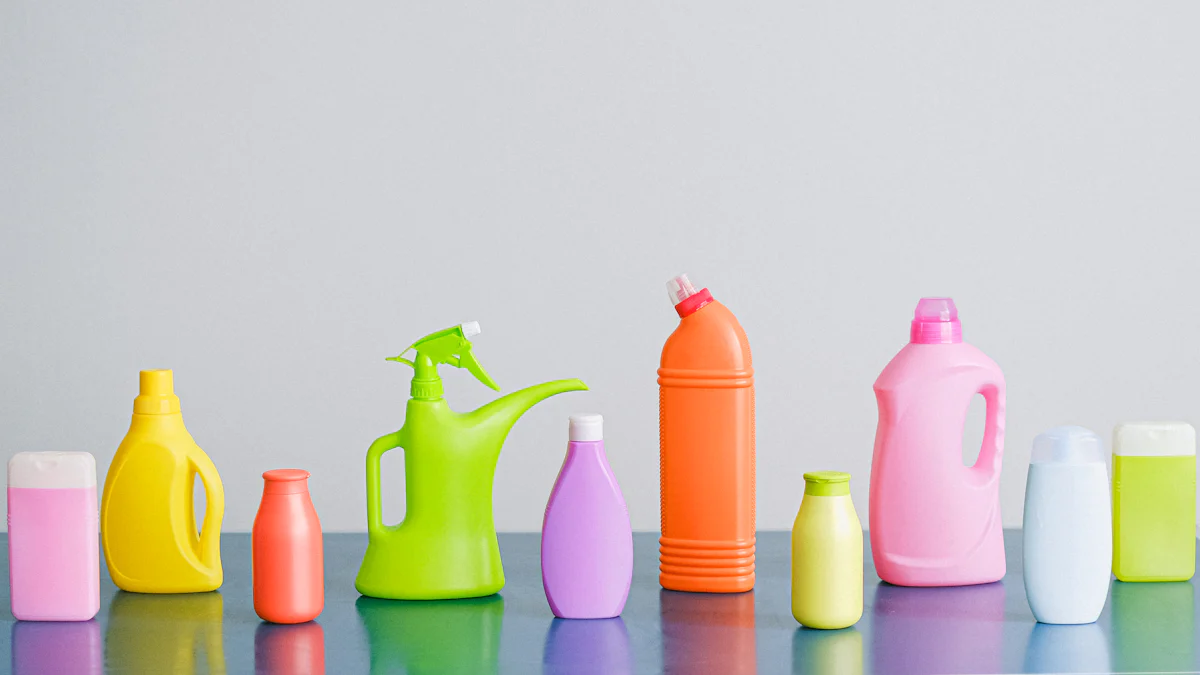
Molecular Structure and Flexibility
You might wonder why silicone softeners are so effective. Their unique molecular structure holds the answer. These softeners are made from polysiloxane polymers, which have a flexible backbone of silicon and oxygen atoms. This structure allows them to move freely and adapt to the surface of fibers. As a result, they create a smooth, uniform coating that enhances the fabric’s texture. The flexibility of these molecules also ensures that treated textiles maintain their natural drape and movement. Whether you’re working with delicate silk or sturdy denim, this adaptability makes silicone softeners a versatile choice.
Enhancing Softness and Durability
Softness and durability often seem like opposing qualities, but silicone softeners combine them seamlessly. When applied to textiles, they penetrate the fibers and form a protective layer. This layer reduces friction between fibers, making the fabric feel softer to the touch. At the same time, it strengthens the material by minimizing wear and tear during use. You’ll notice that fabrics treated with silicone softeners resist pilling and maintain their quality even after multiple washes. This dual benefit makes them ideal for both everyday clothing and high-performance textiles.
Resistance to Heat and Chemicals
Textiles often face harsh conditions during production and use. Silicone softeners excel in these situations due to their resistance to heat and chemicals. They can withstand high temperatures without breaking down, making them suitable for processes like dyeing and printing. Additionally, their chemical stability ensures that fabrics retain their properties even when exposed to detergents or other cleaning agents. This resilience not only extends the lifespan of textiles but also ensures consistent performance in demanding environments.
Applications of Silicone Softeners in Textiles
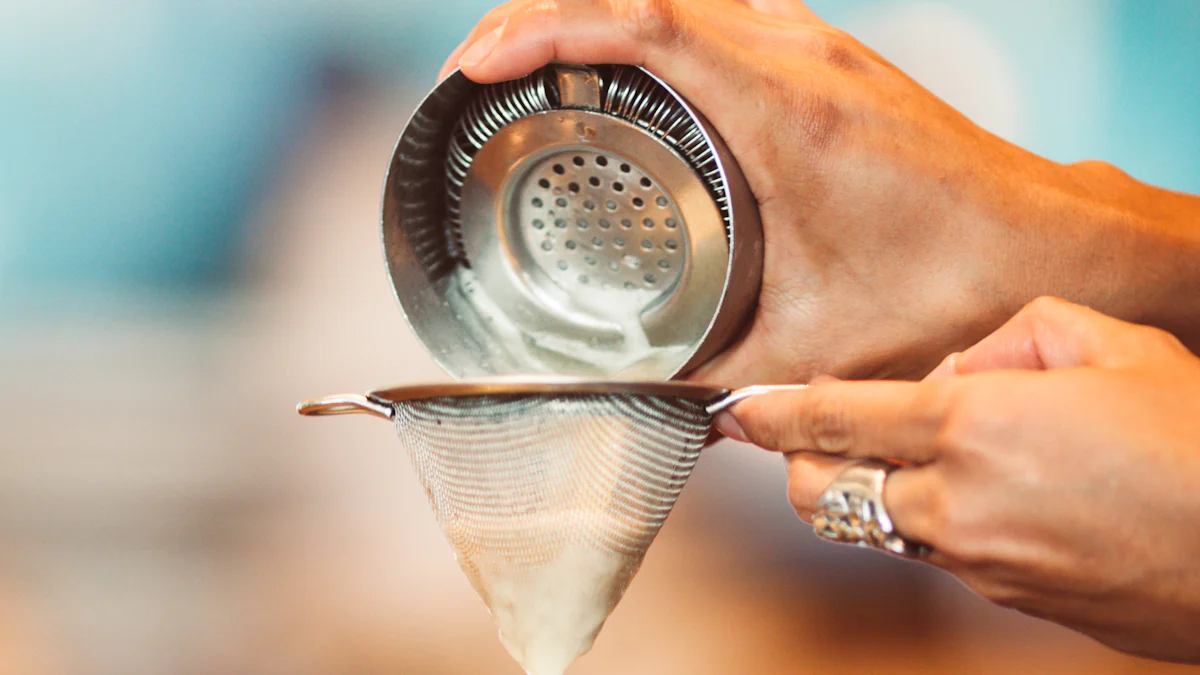
Benefits in Dyeing and Printing Processes
You know how critical dyeing and printing are in textile production. Silicone softeners improve these processes by enhancing fabric compatibility with dyes and pigments. They create a smooth surface on fibers, allowing dyes to penetrate evenly. This results in vibrant, long-lasting colors. You also benefit from reduced dye wastage, as the softeners ensure efficient absorption. During printing, silicone softeners prevent smudging and improve precision. This makes them ideal for intricate designs and patterns. Their heat resistance ensures that fabrics maintain their quality even under high-temperature conditions used in dyeing and printing.
Improving Fabric Finishing and Comfort
Fabric finishing determines how textiles feel and perform. Silicone softeners elevate this process by adding a luxurious softness to fabrics. You’ll notice that treated textiles feel smoother and more comfortable against the skin. These softeners also enhance the drape of fabrics, making them flow naturally. Beyond comfort, they improve durability. Treated fabrics resist wrinkles, pilling, and wear, ensuring they look and feel new for longer. Whether you’re working with cotton, polyester, or blends, silicone softeners deliver consistent results that enhance both quality and user experience.
Enhancing Safety and Functionality
Safety and functionality are essential in modern textiles. Silicone softeners contribute by improving flame resistance in fabrics. This makes them suitable for applications like protective clothing and home furnishings. You’ll also find that these softeners enhance water repellency, keeping textiles dry and functional in wet conditions. Additionally, they reduce static electricity, ensuring smoother production processes and safer end-use. By combining these benefits, silicone softeners help you create textiles that meet high safety standards while offering advanced functionality.
Future of Silicone Softeners in the Textile Industry
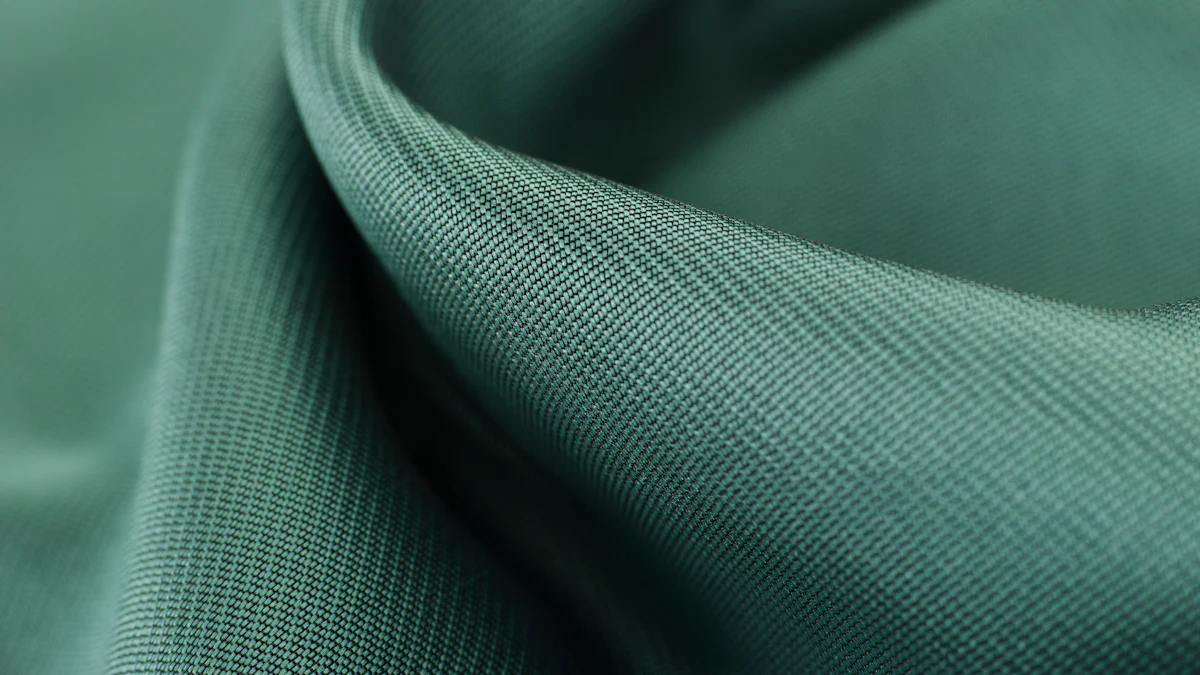
Innovations in Sustainable Silicone Chemistry
You’ll see exciting advancements in sustainable silicone chemistry shaping the future of textiles. Researchers are developing silicone softeners that use renewable raw materials, reducing reliance on non-renewable resources. These innovations aim to lower the carbon footprint of textile production. Waterless application methods are also gaining traction. These methods minimize water consumption during fabric treatment, making the process more eco-friendly. Additionally, biodegradable silicone softeners are emerging as a solution to reduce environmental waste. These breakthroughs ensure that silicone softeners continue to meet sustainability goals while maintaining their superior performance.
Integration with Smart and Functional Textiles
Smart textiles are becoming more common, and silicone softeners play a key role in their development. You’ll notice how these softeners enhance the flexibility and durability of fabrics used in wearable technology. For example, they improve the comfort of garments embedded with sensors or conductive fibers. Silicone softeners also help maintain the functionality of smart textiles by protecting them from wear and tear. Whether it’s temperature-regulating clothing or moisture-sensing fabrics, these softeners ensure that smart textiles perform reliably while remaining comfortable to wear.
Expanding Applications in Technical Fabrics
Technical fabrics are used in industries like healthcare, sports, and construction. Silicone softeners are expanding their applications in these areas. You’ll find them improving the performance of medical textiles by adding softness and biocompatibility. In sportswear, they enhance moisture-wicking properties and durability. For industrial fabrics, silicone softeners provide resistance to extreme temperatures and chemicals. These benefits make them indispensable for creating textiles that meet the rigorous demands of technical applications. As industries evolve, silicone softeners will continue to adapt and deliver innovative solutions.
Silicone softeners redefine textiles in 2025. You rely on their unmatched properties to enhance softness, durability, and sustainability. These innovations meet modern demands while driving eco-friendly practices. As technology evolves, silicone softeners will continue to lead advancements in smart and technical fabrics, ensuring textiles remain functional, comfortable, and future-ready.
Post time: Jan-10-2025

